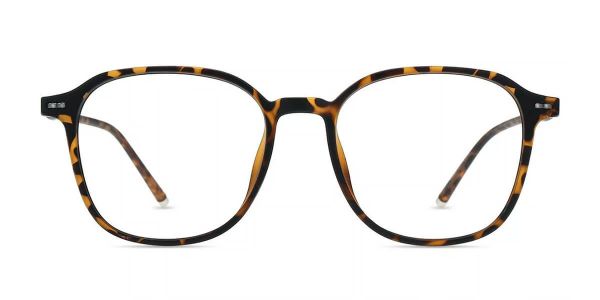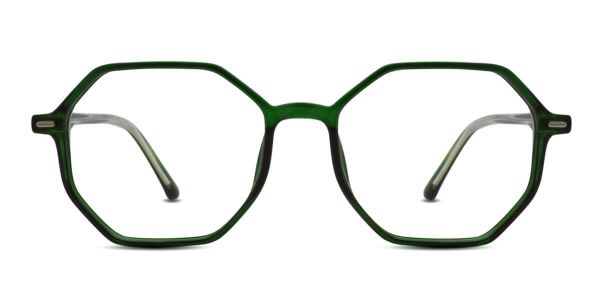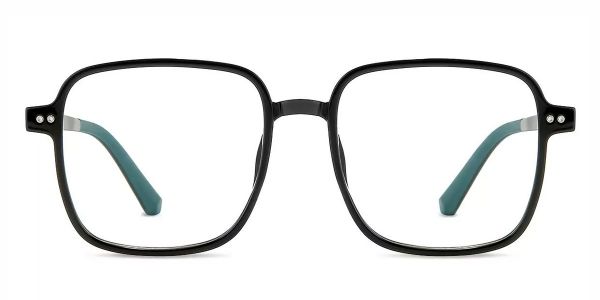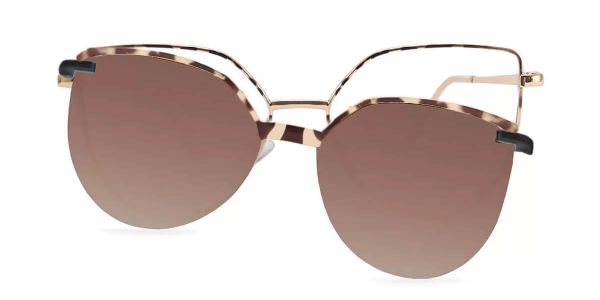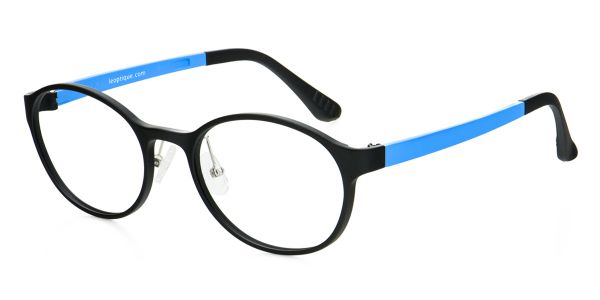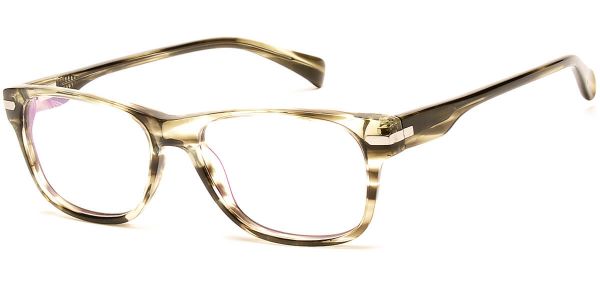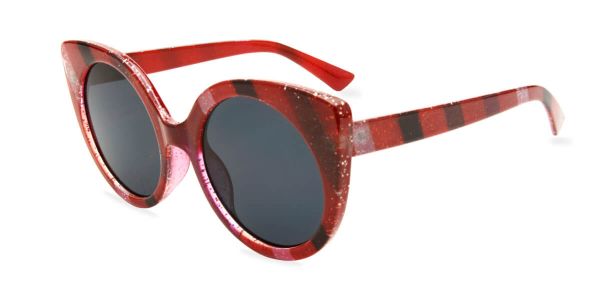
The influence of light on myopia, also known as nearsightedness, is a complex topic with various factors contributing to its development. Both outdoor and indoor lighting conditions play a crucial role in the progression of myopia. In this article, we will explore the effects of light on myopia and discuss how outdoor and indoor lighting can affect its development.
Outdoor Lighting:
-
Vitamin D and Calcium Absorption: Exposure to outdoor light stimulates the production of vitamin D in the body, which aids in calcium absorption. Calcium deficiency can weaken the elasticity of the eyeball, while adequate vitamin D levels enhance ocular resilience, helping to prevent myopia.
-
Dopamine Release: Ample outdoor sunlight stimulates the retina to release dopamine. Dopamine has the ability to inhibit the elongation of the eyeball, effectively preventing and controlling the progression of myopia.
-
Pupil Constriction: When engaged in outdoor activities, the intensity of light causes the pupils to constrict. This increases depth of field, reduces blur, and slows down the development of myopia.
Indoor Lighting:
Indoor lighting conditions also have a significant impact on myopia. The brightness and direction of indoor lighting can affect the eyes in the following ways:
-
Lighting Requirements for Learning Environments: Adequate natural light should be ensured in classrooms or study areas for children. The ratio of transparent window area to room size should not be less than 1:6. Light should enter from the left side to avoid direct glare on reading materials.
-
Considerations for Artificial Lighting: When using artificial light sources, a stark contrast between indoor ambient lighting and the brightness of reading materials can lead to visual fatigue. Excessive light intensity can also contribute to eye strain and myopia. It is recommended to use incandescent lighting, which provides soft and stable illumination, avoiding overly strong lighting.
Furthermore, the impact of lighting conditions should be considered during nighttime indoor activities:
-
Illumination while using electronic devices: Viewing electronic devices in a dark environment can strain the eyes due to the screen's brightness. It may lead to eye fatigue and discomfort. Therefore, it is advisable to use moderate lighting by keeping the room adequately lit while using electronic devices.
-
Resting in a dark environment: Leaving lights on during sleep disrupts the secretion of melatonin by the pineal gland, which regulates our circadian rhythm. This disruption can potentially have negative effects on eye health and myopia control. Thus, it is recommended to turn off lights when resting at night.
Conclusion:
In conclusion, the impact of light on myopia is multifaceted. Outdoor lighting can have positive effects on myopia prevention, while proper utilization of indoor lighting is also crucial. However, the development of myopia is influenced by various factors, including genetics, environmental factors, and visual habits. To prevent and control myopia, comprehensive measures such as maintaining good visual habits, regular eye exercises, and sufficient indoor and outdoor activities are necessary. If you have myopia, seeking timely medical attention and following the advice of your healthcare professional for treatment and management is essential.





